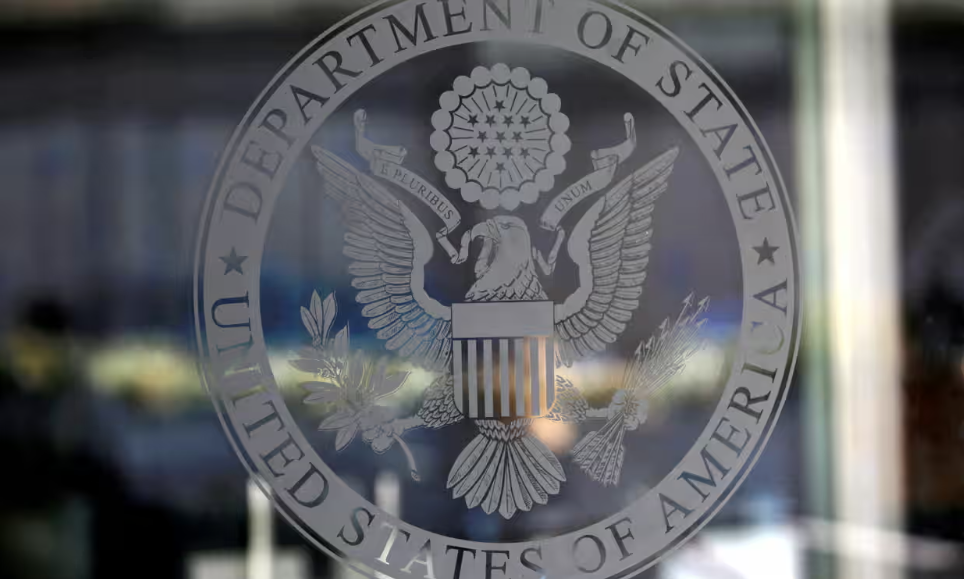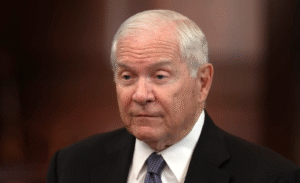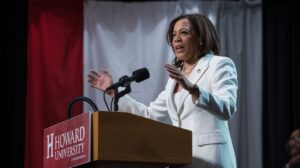White House Drafts Bold Executive Order to Restructure State Department in a move that could redefine how U.S. diplomacy operates for decades to come. This proposal—recently leaked and widely discussed in diplomatic and media circles—has sparked both concern and confusion, raising critical questions about America’s future foreign policy direction.
What Is the Executive Order and Why It Matters
This proposed executive order outlines a major shift in how the State Department—one of the most powerful institutions in U.S. foreign affairs—would function. If implemented, it would change not only the internal structure but also the global presence and hiring practices of the department.
The order’s central goal is to centralize power, reduce global engagements, and align diplomatic efforts more closely with the executive branch’s political goals.
Key Structural Changes Proposed in the Executive Order
To understand the scale of this change, let’s look at what exactly the proposal includes:
Elimination of Key Bureaus
- The proposal recommends dissolving bureaus handling climate policy, gender equality, refugee programs, democracy, and human rights.
- These areas have long been pillars of American soft power abroad.
Regional Reorganization
- The existing State Department setup would be consolidated into four regional super-bureaus:
- Indo-Pacific
- Latin America
- Middle East
- Eurasia
- Career diplomats would be assigned to one region for life, replacing the current global rotation system.
Reduction in Diplomatic Presence
- Many embassies in sub-Saharan Africa would be shut down.
- The U.S. embassy in Ottawa, Canada, would be significantly scaled back.
Budget & Policy Shifts
- The draft calls for major cuts in operating budgets and would prioritize military alignment and national security over traditional diplomacy and soft power.
Current vs Proposed State Department Structure
| Feature | Current Structure | Proposed Executive Order Changes |
|---|---|---|
| Bureau System | Thematic and regional bureaus | Only 4 large regional bureaus |
| Diplomatic Posting System | Rotational across global posts | Fixed lifetime postings to one region |
| Embassies & Consulates | 270+ global missions | Many African posts and Canada mission cut |
| Hiring Criteria | Based on Foreign Service Exam | Based on alignment with executive policy |
| Fulbright Scholarships | Broad academic fields | Restricted to national security topics |
| DEI Programs | Funded and promoted | Eliminated |
| Policy Focus | Human rights, democracy, global aid | National interest and security realignment |
How Diplomatic Hiring and Diversity Programs Would Be Affected
Another major shift outlined in the draft is in diplomatic recruitment and fellowships. It proposes:
- Abolishing the Foreign Service Exam, a long-standing merit-based entry system.
- New hiring criteria based on whether candidates support the president’s foreign policy vision.
- Limiting Fulbright scholarships to only national security-related master’s programs.
- Eliminating diversity-focused fellowships, which previously aimed to bring more women, minorities, and marginalized groups into diplomacy.
This ideological realignment has been described as a politicization of diplomacy, potentially weakening America’s global reputation for neutrality and professionalism.
Reaction from Experts, Diplomats, and Leaders
This draft proposal has drawn widespread backlash from across the diplomatic community.
- Diplomats have called the draft “chaotic,” “ideologically driven,” and “destructive.”
- A senior U.S. envoy anonymously told Politico that the draft is “bonkers and crazy-pants,” reflecting fears that American diplomacy may be reduced to a mouthpiece of political whims.
Secretary of State Marco Rubio dismissed the draft as “unauthorized,” yet several insiders confirmed its review by top-level officials. The ambiguity surrounding its authenticity is fueling speculation that similar structural changes are being seriously considered behind closed doors.
What This Means for U.S. Foreign Policy Worldwide
If implemented, this executive order would cause a major shift in how America interacts with the world. Key takeaways include:
- Loss of soft power as focus on human rights and democracy diminishes
- Less support for global crises, especially in developing regions
- Reduced diversity in America’s diplomatic corps
- Greater executive control over foreign policy operations
Such changes would represent the biggest redefinition of U.S. foreign service strategy since 1789, impacting not just diplomatic professionals but also how America is perceived globally.
U.S. Budget Impact and Operational Reach
According to the U.S. Office of Budget and Management:
- The State Department operates on a $52 billion annual budget
- Maintains 270+ embassies and consulates globally
- Employs over 75,000 personnel, including 13,000+ Foreign Service officers
Under the proposed order:
- Budget cuts could reach 15%–20%
- Personnel headcount may decrease, especially at senior levels in affected bureaus
- Training and professional development programs would be slashed
Voices From the Field: Why Diplomats Are Worried
Foreign policy analysts warn this move risks:
- Alienating U.S. allies
- Creating long-term security gaps
- Weakening America’s leadership in international coalitions
One former ambassador said, “Removing the climate and democracy bureaus sends a message to the world that the U.S. no longer prioritizes global cooperation.”
Final Analysis: A Defining Test for American Diplomacy
While the draft remains unofficial, the serious tone of the proposal and the sources reporting on it suggest this is more than just an internal memo—it reflects an ideology poised to reshape the State Department for years.
If enacted, this order would:
- Shift the department from a global diplomacy agency to a national security extension of the presidency
- Prioritize loyalty over experience
- Disengage from democratic support globally
- Set a precedent for future administrations to remake the federal system by executive order
[USnewsSphere.com / tg]





